The humphead cichlids (Steatocranus) are among the most interesting cichlids in Africa. In adaptation to their way of life in nature – they colonize boulder bottoms in the area of rapids – they have reduced their swim bladder and cannot float freely in the water without making swimming movements with their fins.
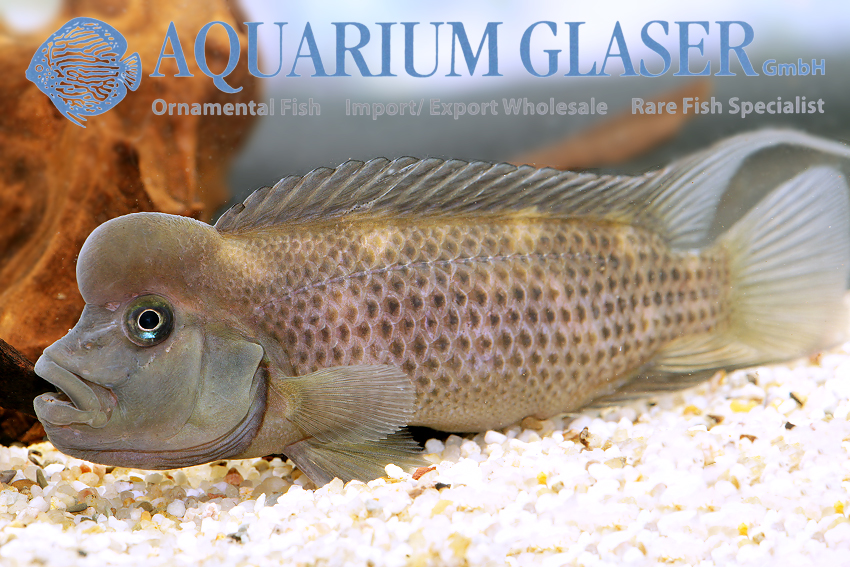
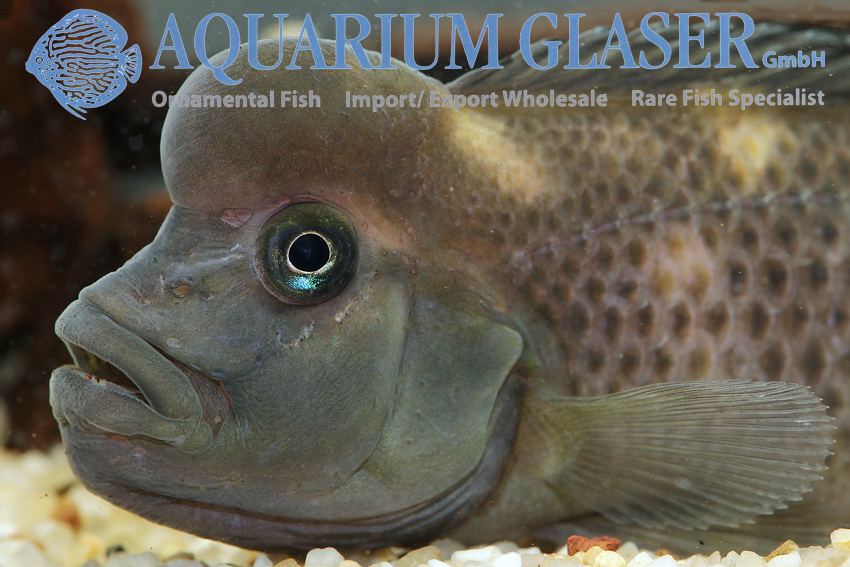
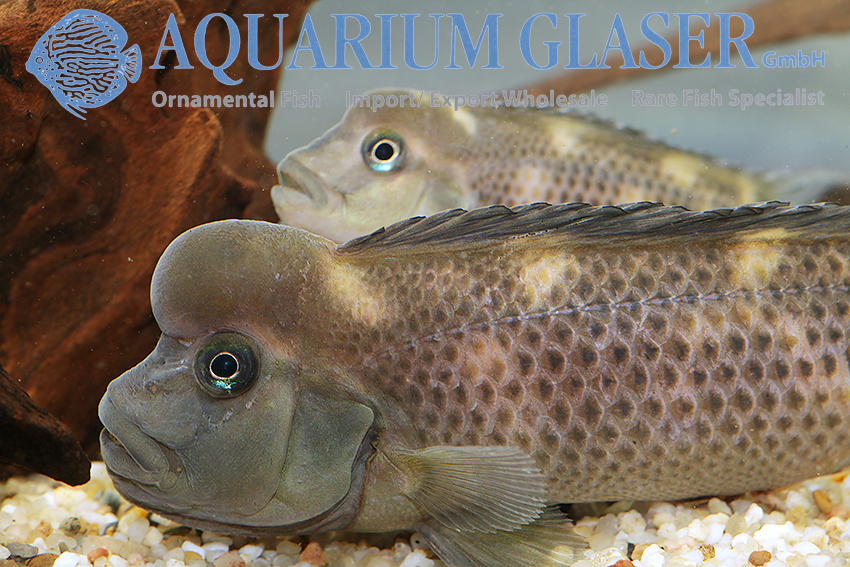
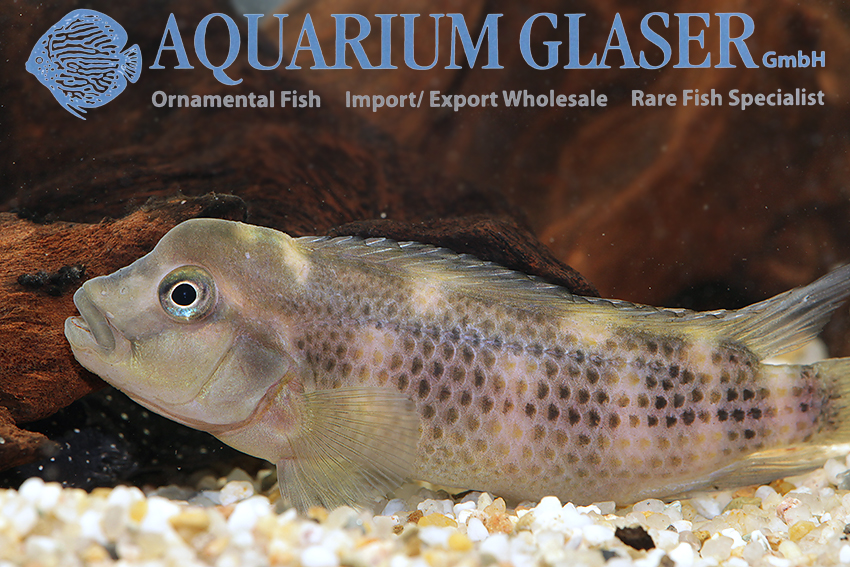
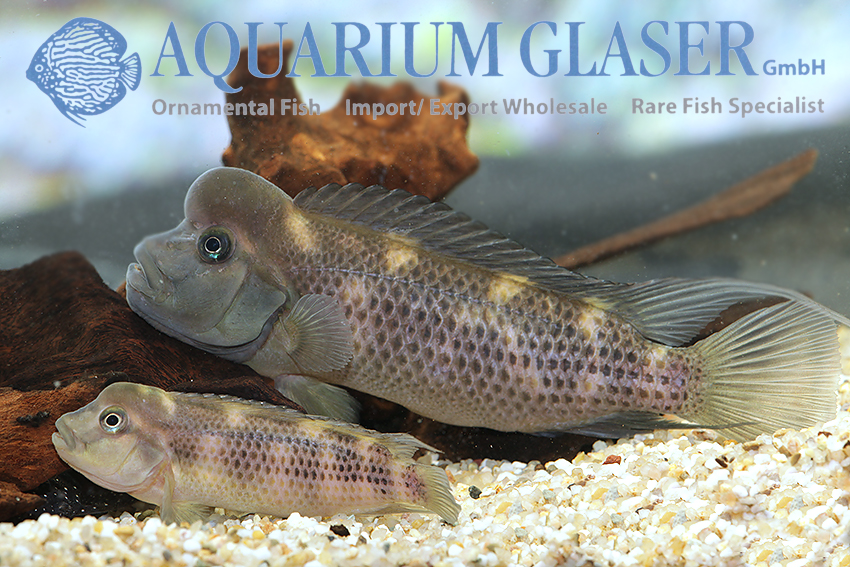
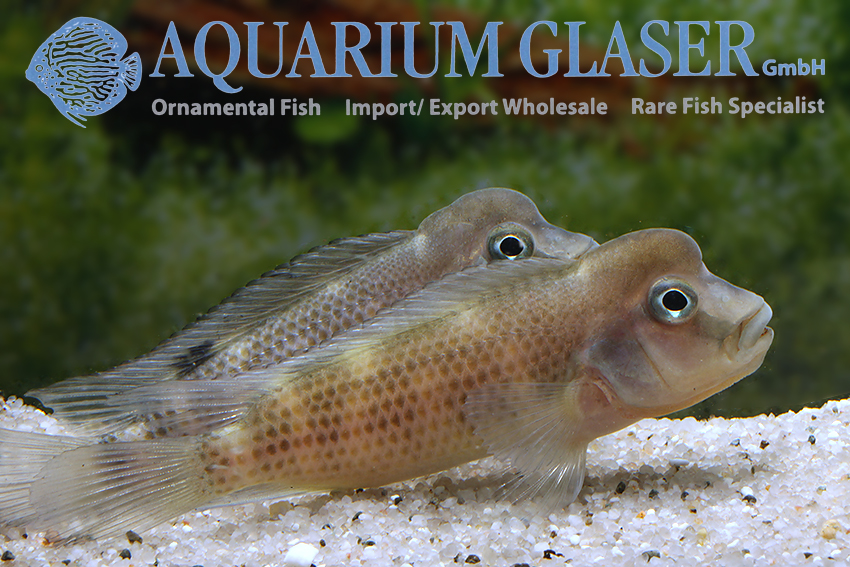
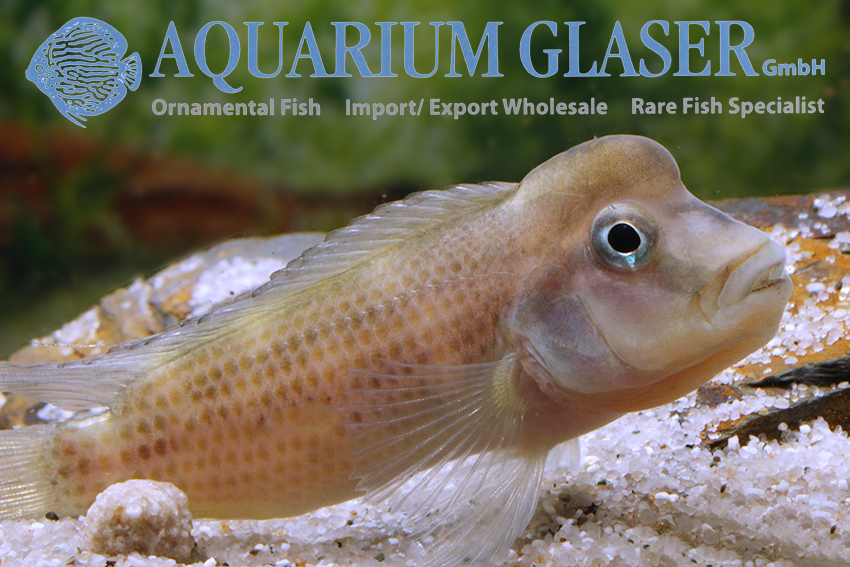
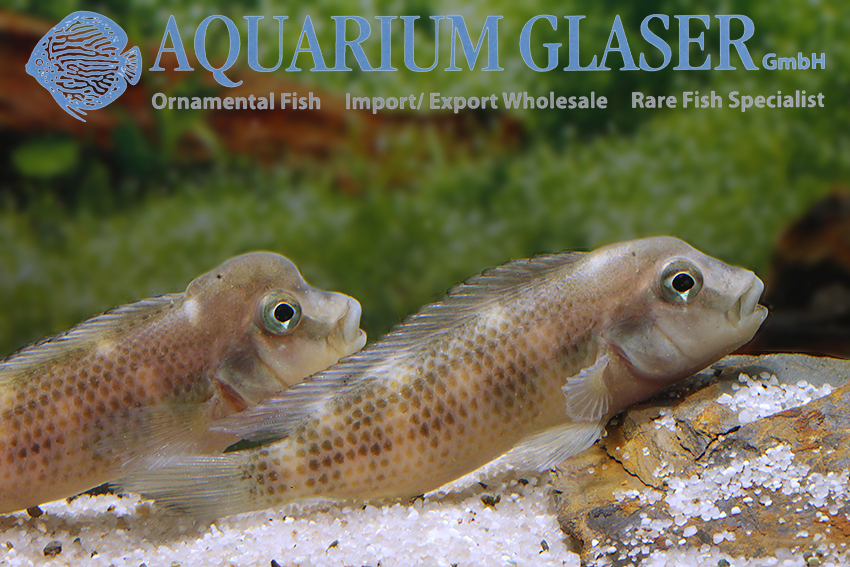
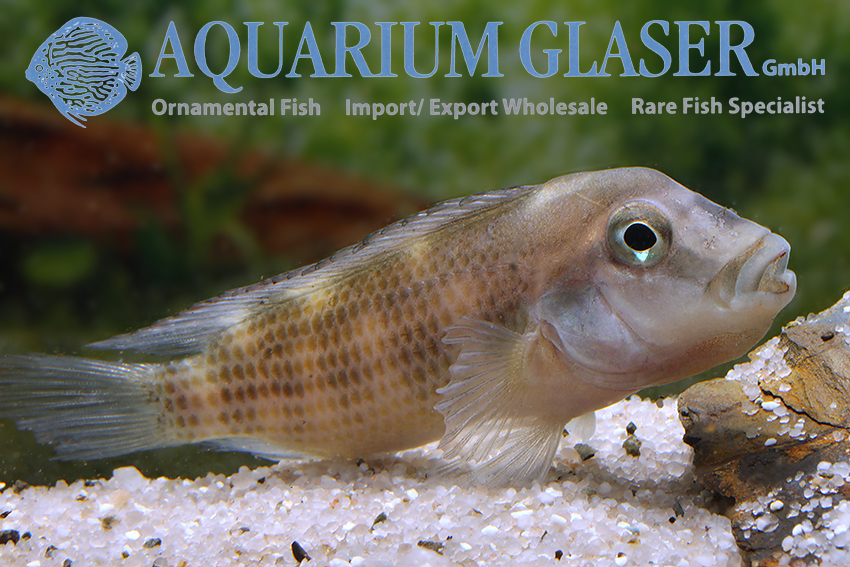
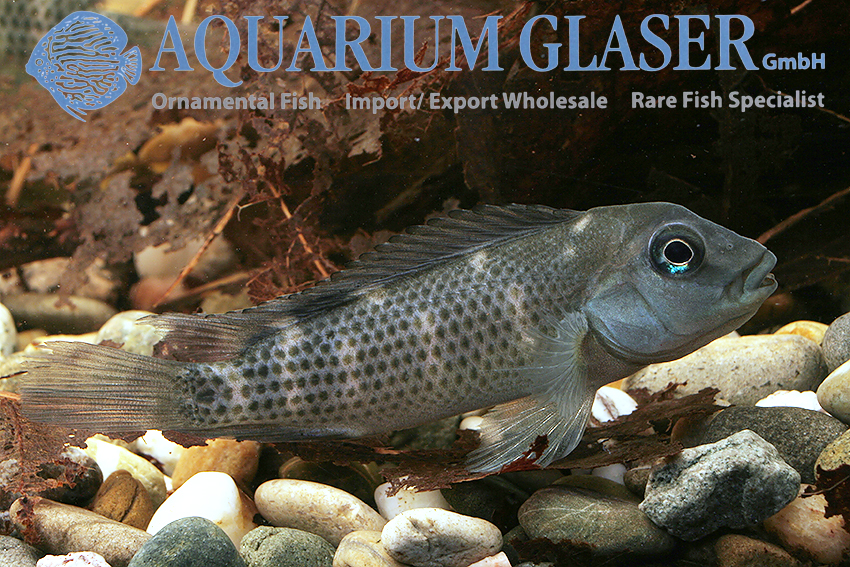
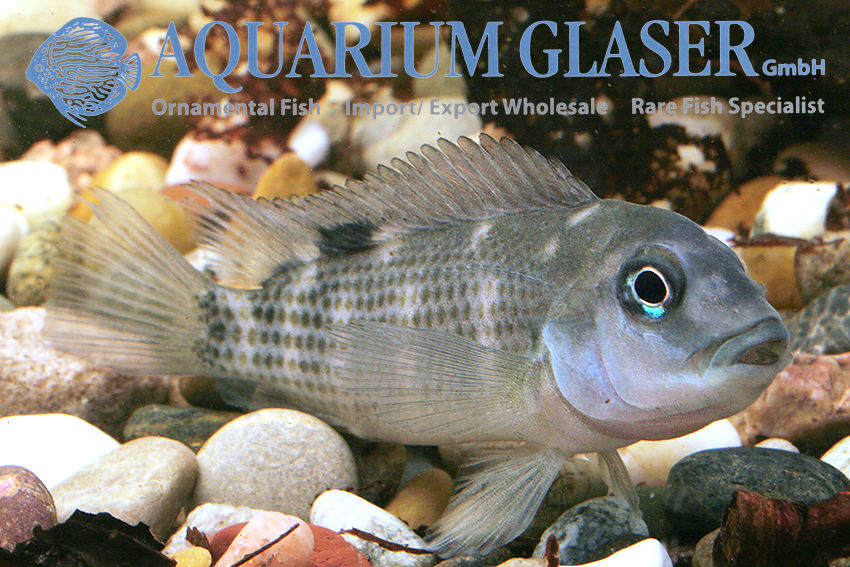
There are eight species of the genus, some of which look quite similar. S. casuarius and S. gibbiceps are most often confused with each other, as they come from the same region in the Congo and are therefore exported together. To tell them apart, look at the center of the scales. If it is light, it is S. gibbiceps, if it is dark, it is S. casuarius. For S. gibbiceps see here: https://www.aquariumglaser.de/en/25-perchlike-fishes/steatocranus-gibbiceps-2/
Humphead cichlids should be kept in pairs. They are relatively peaceful, even if the immediate area of the breeding cave is fiercely defended. Females remain smaller and have a smaller forehead hump. They are cave breeders with a parental family, i.e. males and females look after the offspring together. Even though they live in very oxygen-rich water in the wild, adapting to aquarium life is not a problem for them. The water in the Congo is soft, but not excessively acidic, so that the water composition requirements are easy to meet. Any common fish food is eaten, but it must not be too fatty (no Tubifex and the like), as this leads to intestinal diseases that can be fatal. Plants are not damaged, but are occasionally dug up or bitten away when the animals are in a breeding mood.
For our customers: the animals have code 575003 (wild, 4-6 cm) and 575012 (captive bred, 3-4 cm) on our stock list. Please note that we only supply the wholesale trade.
Text & photos: Frank Schäfer




